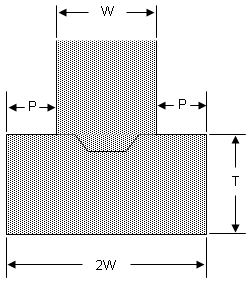Concrete Foundation Walls - Structural Deterioration And Damage
Problem: Cracks and spalling from under-designed concrete.
Cause: Inadequate dimensions.
In some instances, builders will reduce the required size of footings and walls in an attempt to save on concrete costs. In other instances, slab thickness is inadvertently reduced below required minimums. Finally, reinforcing is often not installed in poor soil areas to enhance strength.
Solutions: Wall and footing thicknesses must meet local code requirements at a minimum. Always check with your local building department for your code requirements.
- In problem soils, or where a high water table exists, wall and footing thicknesses should be increased.
- A minimum slab thickness of 3 inches (75 mm) must be maintained, even where the slab slopes to a floor drain.
While not required by many building codes, wall and footing reinforcements in problem soils can minimize the potential for problems.
- Typical reinforcement may include two #10M bars near the top of the foundation below window openings, or one bar located at 12 inches (300 mm) from the top and one bar at grade.
- Footing reinforcement helps counteract uneven bearing conditions.
- Mesh reinforcement for slabs must be placed at, or slightly above, the mid-depth of the slab to be effective. Use flat sheets of mesh and maintain height with chairs or spacers.
- Fiberglass or polypropylene fiber mesh can reduce crack widths and surface spalling. Fibers are usually added to the mix at a rate of 2 lbs per cubic yard (1 kg per cubic meter) of concrete. The mesh must disperse well in the mix and must have good binding properties.

